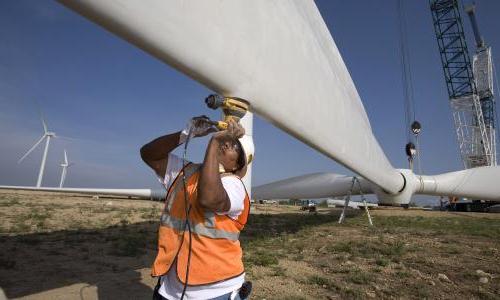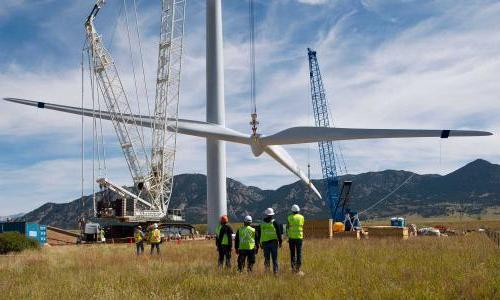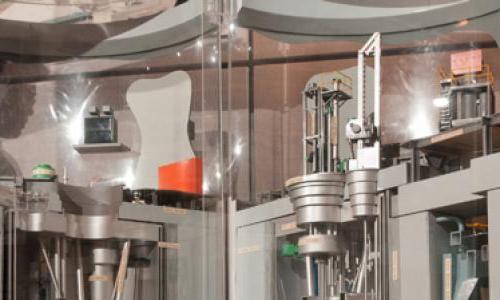Table of Contents
The power sector needs cleaning up, but it won’t do it by itself. We need good policies—and real solutions.
with a renewable electricity standard
In 2018, US wind power provided roughly six times more electricity than it had a decade earlier. Solar panels are on some 2 million US rooftops. In total, renewable energy accounts for about a fifth of all US electricity.
Entrepreneurship, 创新, and hard work help explain some of clean energy’s success in the power sector. But strong state and federal policies are another important component—and we need them now more than ever before.
Policies can provide long-term clarity to investors. They help stabilize electricity prices. And they help ensure that the country will reduce heat-trapping emissions enough to avoid the worst impacts of climate change.
碳定价
One of the best ways to cut global warming emissions is to put a price on them, typically through carbon taxes or pollution trading programs (“cap-and-trade”). Both approaches use the market to find a monetary value for carbon pollution, so that the costs of climate impacts are better reflected when consumers or businesses make economic choices.
碳定价 policies aren’t perfect. Without thoughtful design, they can pass costs to low-income households, and even increase toxic emissions in neighborhoods already burdened by pollution. Designing an effective carbon price requires significant attention to these and other environmental justice concerns, in close collaboration with impacted communities.
能源 standards
Another effective policy option is to set technology targets for zero or ultra-low-carbon power. 通常, these require electricity providers to supply a growing percentage of electricity from eligible sources over a ten to 30-year period.
“更新able electricity standards” or “renewable portfolio standards” require utilities to source a percentage of their electricity from renewable energy, 比如风, 太阳能, 和地热. “Clean energy standards” or “low-carbon electricity standards” may also include technologies like nuclear power, large-scale hydropower, or carbon capture and storage.
税收抵免 & 激励
New technologies face a difficult transition between the research lab and the real world. 补贴, 激励, loan guarantees, and other tools can help clean energy companies compete with the political and economic power of the coal, 气体, and oil industries.
Options range from national-level subsidies—such as the “production tax credit” for wind power, which helped transform the wind industry into an energy powerhouse—to smaller state- or city-level 激励, such as rebates or sales tax exemptions for 太阳能 panels and electric cars.
研究 & 发展
The United States maintains over a dozen national energy laboratories that conduct research on everything from hydrogen fuel cells and electric motors, to nuclear fusion and advanced battery technologies.
Investing in their research—and supporting other state and federal research and 发展 programs that focus on the power sector—is integral to our efforts to fight climate change.
其他政策
The energy sector is large and complicated, and crosses many jurisdictional boundaries. No single policy can cover all the important areas of focus; rather, multiple complementary policies must combine to create a sustainable, 公平, long-term framework.
其他 energy policies include efficiency standards for buildings and appliances; “net metering,” which allows electric ratepayers to generate their own power and sell it back to the grid; pollution standards for coal and other fossil fuel plants; and regulations for methane, which can escape from 气体 infrastructure.









